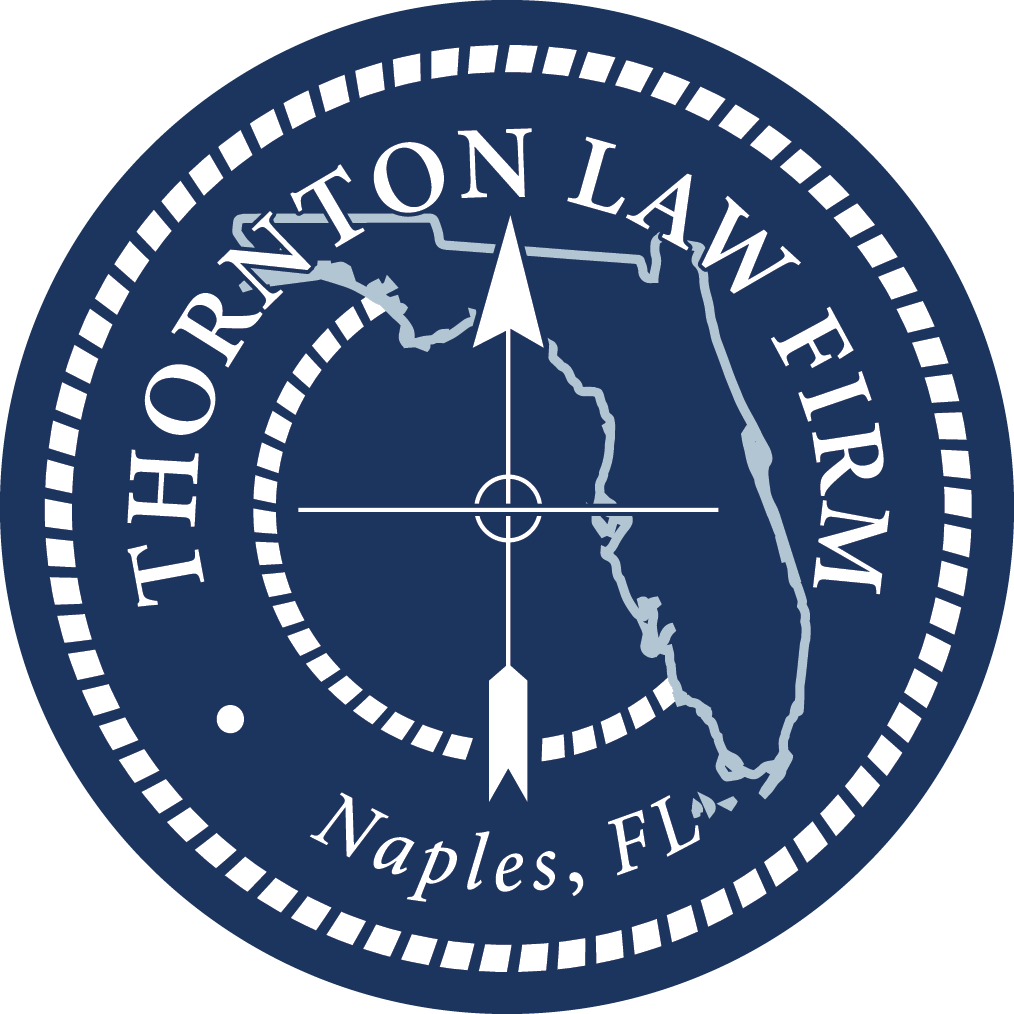Is my unit a condominium, cooperative or HOA, and what does that mean to me?
One issue that frequently arises in both my real estate and community association practices is the difference between condominium, cooperative and homeowner associations. If you think that you can tell by looking at a building whether the units are in a condominium, cooperative, or homeowners association, you are probably wrong. As an example, picture a single-story building with 6 attached units, each with a front entry door and with a shared roof. Would you say this is a condo, coop, or HOA? Or maybe it’s none of the above?
In the real estate context, buyers and sellers are often confused by marketing terminology such as coach home, villa home, carriage home, townhome, and garden apartment. From my perspective as a real estate attorney, while these terms might be helpful sales tools to conjure up an image of what the seller wants the buyer to think about the unit, these terms don’t really mean anything because they are not legal terms that define the type of real estate or what statutory requirements apply.
In the context of community association law, this same issue often arises in the context of the authority of the association or an owner to do something on the common elements or common areas, and in a broad range of operational issues. Frequently when I get questions from directors or from individual owners, they refer to their association generically as a “homeowners association” or “property owners association”, but without any attempt to distinguish between the actual type of legal entity that is involved.
The main distinguishing feature between condominium, cooperative and homeowner associations is the way that the units and common areas are owned.
Condominium: In a condominium, each unit owner holds fee simple title to the unit and also owns an undivided share in the common elements. The association as a corporate entity does not necessarily own any real estate, but operates and manages the common elements for the members. The unit boundaries can be defined in a lot of ways, but the most common way is to describe the unit as the “box of air” that is enclosed by the unfinished walls, ceiling and floor of the unit. The units can also be described as land units, or boat slips, or airport hangars. The important thing to know is that the declaration describes what constitutes the unit, and everything outside the units is common element. The common elements are typically the parking area, roof, floor slabs, exterior walls, swimming pool, etc. Condominiums are governed mainly by Chapter 718, Florida Statutes.
Cooperative: In a cooperative, the unit owner holds title to a share of the cooperative corporate entity, usually represented by a corporate stock certificate, and with that share of stock the member als receives the right to use and occupy a unit pursuant to the terms of the master form proprietary lease. The cooperative entity actually owns all of the units and common areas, and uses a standard form lease to lease the units to the unit owners. Even though cooperative members don’t technically own any real property, the units act like real property in a lot of ways such as paying ad valorem taxes and the ability to get homestead. Cooperatives are governed mainly by Chapter 719, Florida Statutes.
Homeowners association: In an HOA, each lot owner holds title to the individual lot, and the association as a corporate entity owns the common areas. The common areas are usually things like the road, drainage lakes, and pool area. The individual lot owners are the members of a corporation that owns the common areas. Homeowners associations are primarily governed by Chapter 720, Florida Statutes.
Now back to our example of the building with 6 attached units and a shared roof. In the real estate lingo, this would probably be referred to as a “townhome” or “villa home”, but in reality it could be legally established as a condominium, cooperative or homeowners association. If this was a condominium, the unit boundaries would probably be the floors, walls and ceilings so that the roof and shared walls between the units are part of the common elements, with maintenance of the roof by the association. In a condominium, even though the association does not necessarily own the common element roof, it is typical for the association to maintain the roof since it benefits and protects all of the units. If this was a cooperative, each owner would lease their unit from the association and the association would own the entire building including all of the units. If this was a homeowners association, most likely the lot boundaries would be in the middle of the party walls, and the declaration would somehow address how the owners would maintain the shared roofs and party walls. As you can see, just looking at the outside of a building is not enough to determine what kind of community association has been established.
When you are buying or selling property, or if you are involved in your community association, try to work with a realtor or an attorney who is going to do a good job of being an interpreter for you so that all of the sales and marketing lingo is converted into legal terminology that describes the type of title interest that the members own.
